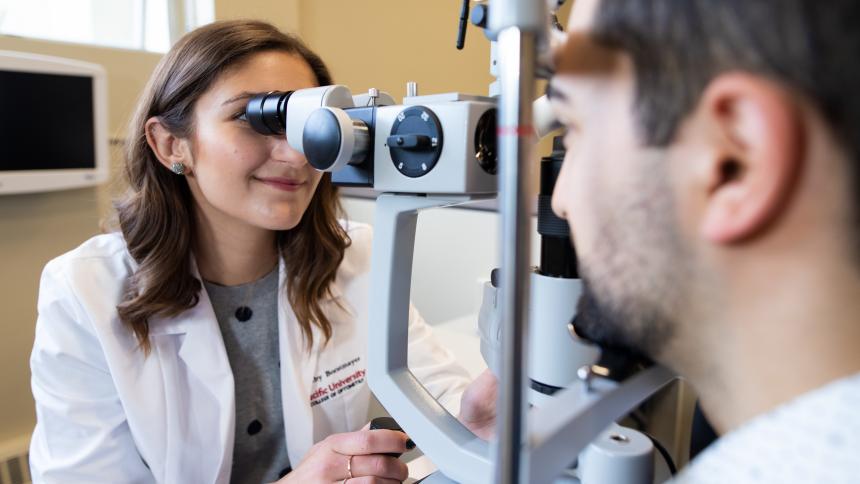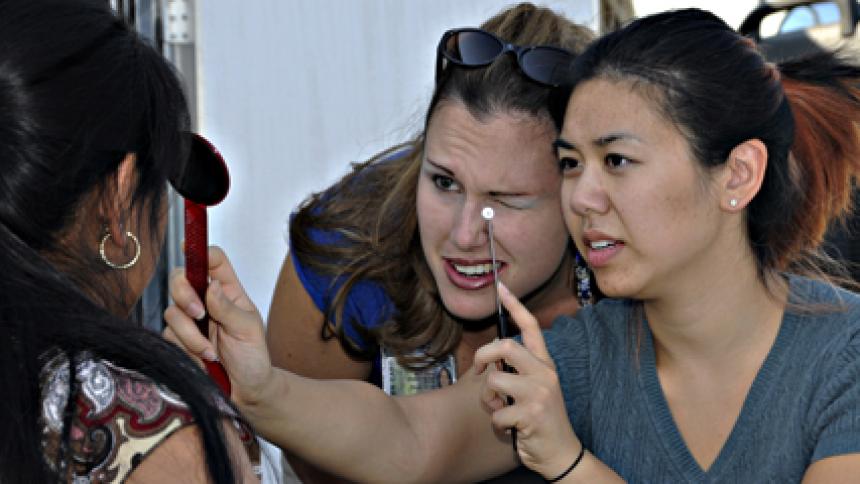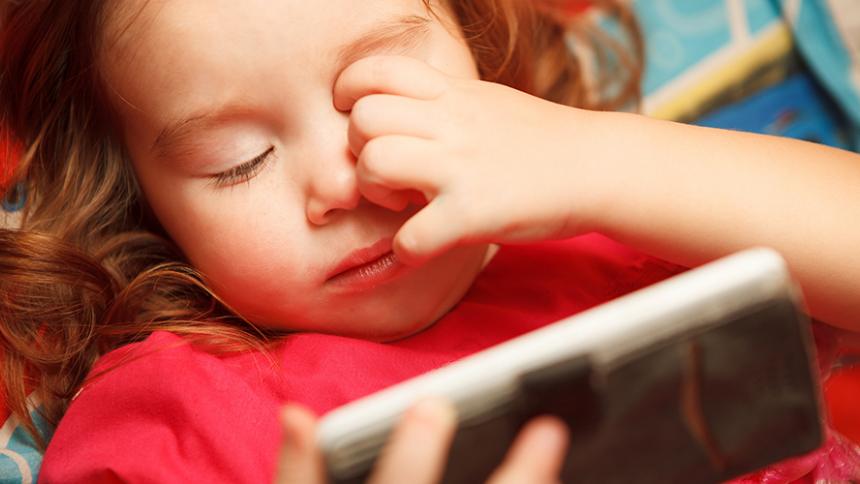Pacific EyeClinics offer free exams for students and discounted services for employees.
News, Media and Stories | Eyeclinic
Pacific has built on a tradition of taking eye care to the community, where students and faculty provide real-world vision screening and treatment to underserved members of the community. The most visible symbol of this outreach is the Pacific EyeVan, an advanced mobile clinic that sees patients in church parking lots, migrant camps and schools.
Pacific University's College of Optometry has been partnering with Northwest Family Services since 2015, providing critical vision services to underserved populations including dilated vision screenings and eyeglasses.
Recently retired as a colonel in the U.S. Army, Carol Rymer OD '92 will lead clinical programs in the College of Optometry.
Pacific University optometry students continue to help provide eye care to the underserved, using the EyeVan and working in tandem with partners like OHSU’s Casey Eye Institute and the Oregon Lions Foundation.
While myopia is a common and treatable condition, researchers are concerned about how many more people are nearsighted today than in relatively recent years.
Any parent who learns about the growth of myopia cases, and of their possible effects, has a simple, urgent question: How can I tell if my child has myopia?
Prescription eyeglasses or contact lenses are the most common treatment for myopia.
People are diagnosed with myopia every day. But the implications of that diagnosis may vary widely. In most cases, the condition is easily treated, as with a pair of prescription eyeglasses. But other cases, if allowed to progress, may be more alarming.
The human eye is a marvel of precision biology. And like any finely tuned device, or organ, it can get out of tune. When the eyeball works perfectly, light enters through the pupil and cornea and is focused on the back wall of the eyeball, known as the retina. The retina, sensitive to light, conveys the image to the brain for processing.












